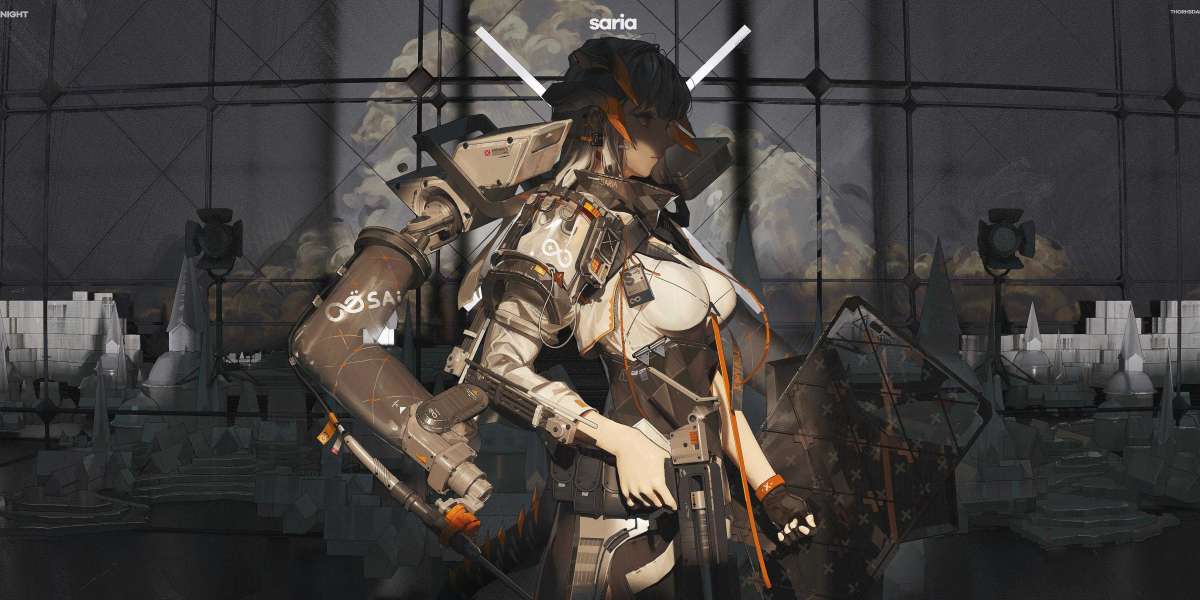In the rapidly evolving world of 3D printing, achieving consistent 3d-print-quality is paramount. Whether you're a hobbyist or a professional, understanding the factors that influence print quality can significantly enhance your results. This article delves into essential tips and techniques to ensure your prints are consistently top-notch.
Understanding the Basics of 3D-Print-Quality
What exactly defines 3d-print-quality? It encompasses various aspects such as surface finish, dimensional accuracy, and structural integrity. Achieving high-quality prints involves a combination of proper printer settings, material selection, and environmental conditions.
Printer Settings and Calibration
One of the most critical factors in ensuring consistent 3d-print-quality is the correct calibration of your 3D printer. Have you ever wondered why your prints sometimes fail despite using the same settings? It could be due to minor misalignments or wear and tear over time.
“Regular calibration of your 3D printer can prevent many common issues and ensure consistent print quality.”
- Bed Leveling: Ensure your print bed is perfectly level to avoid issues like warping and poor adhesion.
- Nozzle Height: Adjust the nozzle height to ensure the first layer adheres well to the print bed.
- Extruder Calibration: Properly calibrate the extruder to ensure the correct amount of filament is being used.
Material Selection and Storage
The choice of filament can significantly impact 3d-print-quality. Different materials have varying properties, and selecting the right one for your project is crucial. Additionally, how you store your filament can affect its performance.
- PLA: Ideal for beginners due to its ease of use and good surface finish.
- ABS: Offers higher strength and durability but requires a heated bed and proper ventilation.
- Storage: Store filaments in a dry, cool place to prevent moisture absorption, which can lead to poor print quality.
Environmental Factors
Environmental conditions such as temperature and humidity can also affect 3d-print-quality. Maintaining a stable environment is essential for consistent results.
Consider using an enclosure for your 3D printer to maintain a consistent temperature and protect your prints from drafts. Additionally, using a dehumidifier in your printing area can help control humidity levels.
Post-Processing Techniques
Even with the best settings and materials, some level of post-processing is often required to achieve the desired 3d-print-quality. Techniques such as sanding, painting, and chemical smoothing can enhance the final appearance of your prints.
For example, using acetone vapor smoothing on ABS prints can give them a glossy finish, while sanding and painting PLA prints can help achieve a professional look.
Conclusion
Ensuring consistent 3d-print-quality involves a combination of proper printer settings, material selection, environmental control, and post-processing techniques. By paying attention to these factors, you can achieve high-quality prints every time.
For more detailed information and product recommendations, check out the 3D Printing Guide on our website.
Related Products
Here are some products that can help you achieve better 3d-print-quality:
- Filament Dryer - Keeps your filament dry and ready for use.
- 3D Printer Enclosure - Helps maintain a stable printing environment.
Related Videos
Watch this video for more tips on improving 3d-print-quality:



